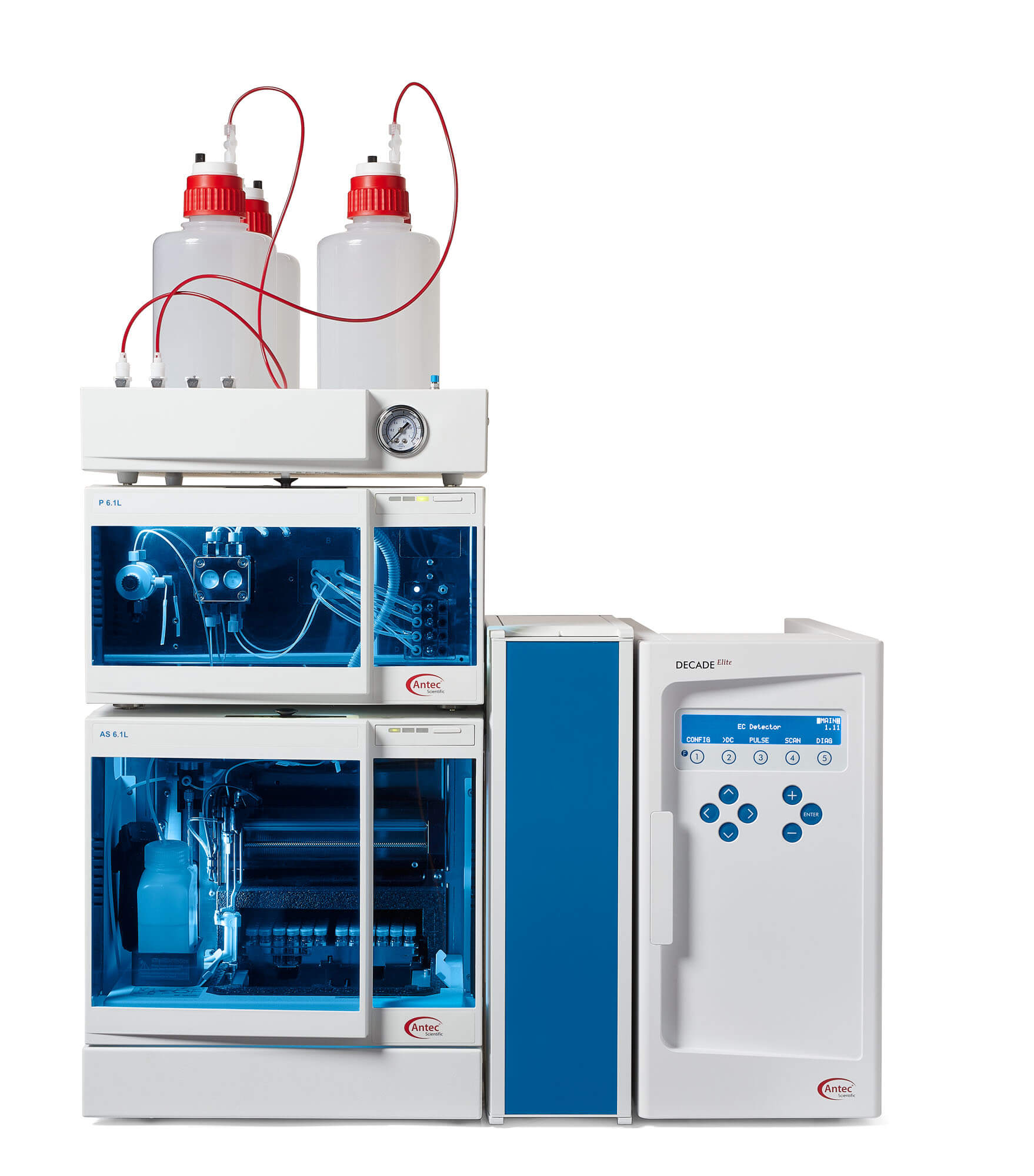
Prebiotics are nondigestible food ingredients that provide numerous health benefits and help maintain a healthy and balanced gut microflora. They beneficially affect the host by selectively stimulating the growth or activity of health promoting bacteria in the colon, such as bifidobacterial [1]. Trans-galactooligosaccharides (TGOS) are prebiotic water-soluble carbohydrates consisting of a chain of 1-7 galactose units with a terminal glucose. TGOS are not broken down by human digestive enzymes and are therefore available as a nutrient for beneficial bacteria. As a prebiotic, TGOS has a wide application in human and animal foods.
One of the most commonly-used method to quantify TGOS is the AOAC 2001.02 method [2]. This AOAC approved method is based on enzymatic hydrolysis of TGOS and subsequent analysis of the reaction products (galactose & glucose) with High Performance Anion Exchange Chromatography in combination with Pulsed Amperometric Detection (HPAEC-PAD). In this application note an adapted method was evaluated, which uses a high-resolution IC column with 4 µm particle size. The adapted method resulted in better separation under isocratic conditions and a shorter analysis time. Both the original and adapted methods provide excellent sensitivity, linearity and reproducibility, and are suitable for the routine analysis of TGOS in food and feed using the ALEXYS Carbohydrates Analyzer.





